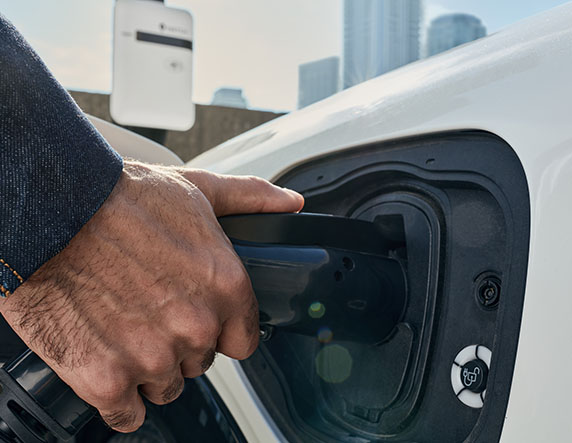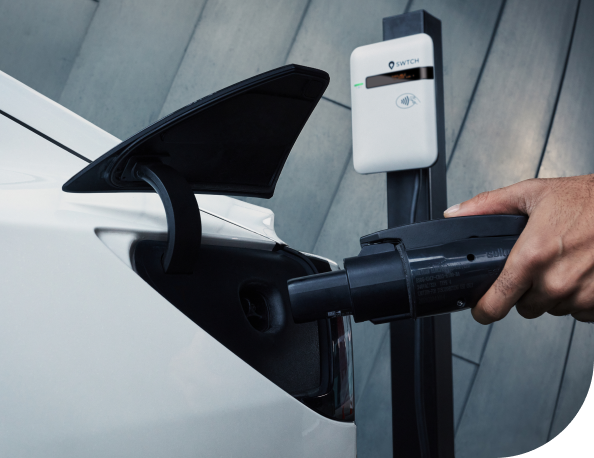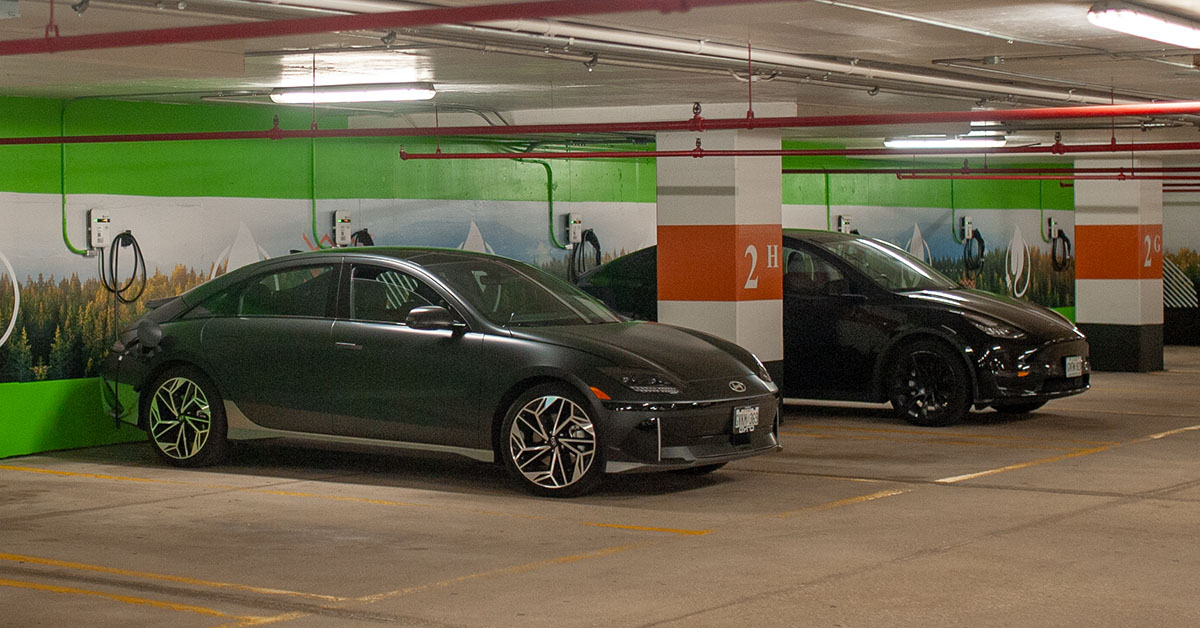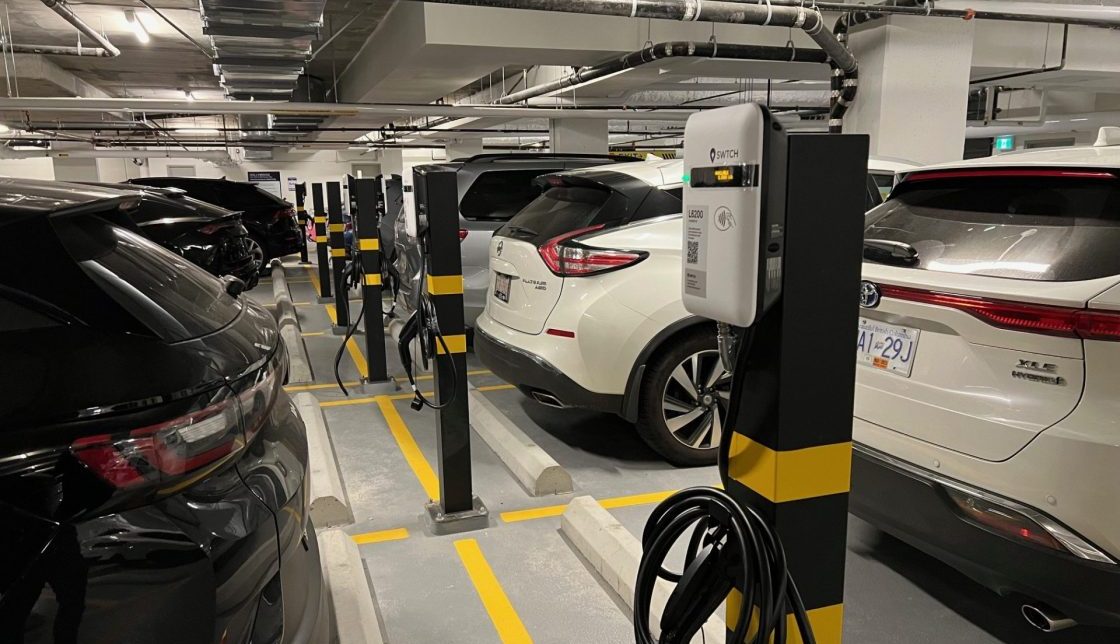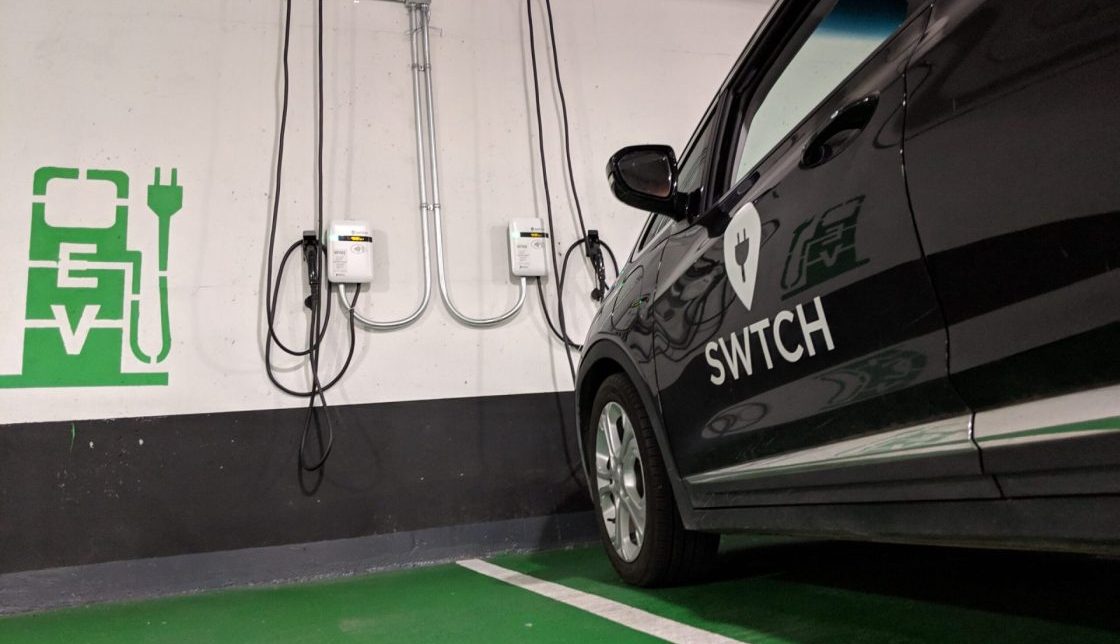The 7 most common mistakes made with multifamily EV charging (and how to avoid them)
The good news: A growing number of multifamily properties are installing EV chargers for use by their tenants and guests.
The bad news: Too many are making the same mistakes, leading to disappointing charging experiences, dramatically higher installation costs, and eventual regret when it is discovered that the chosen solution doesn’t quite meet the property’s needs.
To help prevent future incidents of this kind, we put together a list of the most common mistakes and pitfalls we see in multifamily EV charging—plus what property owners and managers should do instead.
Take the time to review this list and plan accordingly, and you’ll be in a far better position to succeed with EV chargers installed at your property.
Mistake #1: Not checking in with residents to understand the demand for onsite charging
It’s a fair assumption these days that there will be at least some demand for EV charging at your building (and if not today, certainly in the next few years). But too many properties leap into installing EV chargers without a proper understanding of what that demand is.
Install too few chargers and you could frustrate tenants who want to take advantage of convenient charging but can never find a free charger when they need one. Install too many, and you could find your utilization rate is too low, and that the time to earn back your investment stretches on far longer than would be ideal.
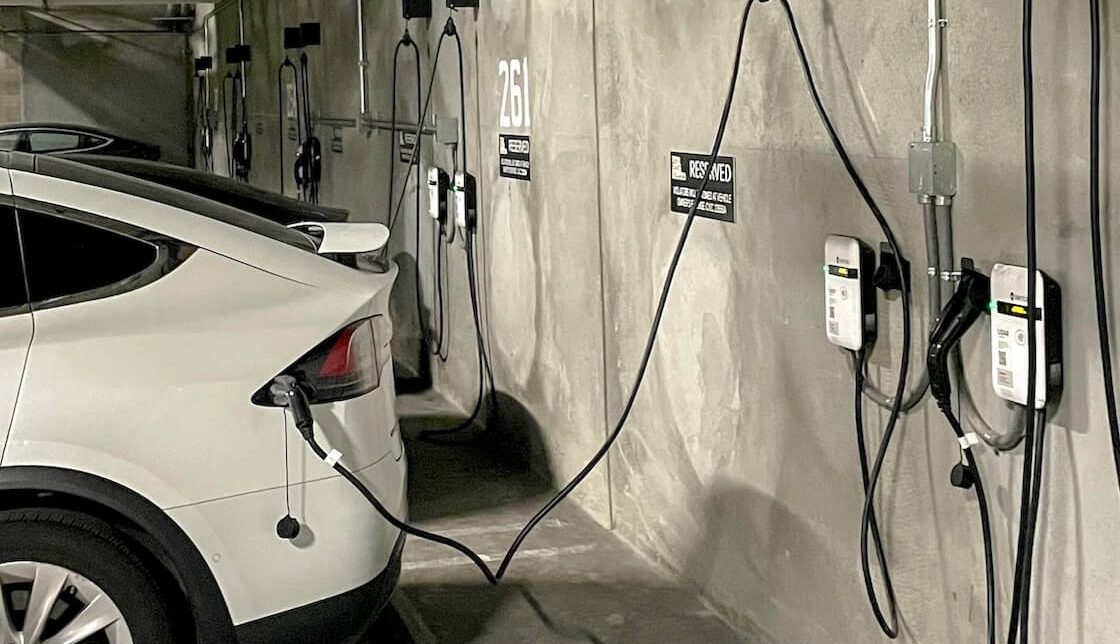
Instead: Poll your residents to see how many have an EV today, how many intend to buy one in the near future, and whether they want at-home charging
Taking a little time to poll your residents can work wonders. Keep it simple! Ask them whether they currently own an EV or intend to buy one in the next couple of years. Ask them if they see value in at-home charging and if they would use such an offering if you installed it.
You might be surprised at the results! Odds are, a decent number of folks will indicate that they either already own an electric or hybrid car or intend to buy one soon—likely more than you think.
And, though it’s unlikely, you may even find that some owners don’t feel much need for at-home charging. They may have access to chargers at their place of work, for example.
Based on this input, you’ll have a better sense of how many EV chargers you might want to install at your building today, how many to grow to in a couple of years, and how urgent the need is. These are all essential details to have in hand to create a solid plan for your eventual installation effort.
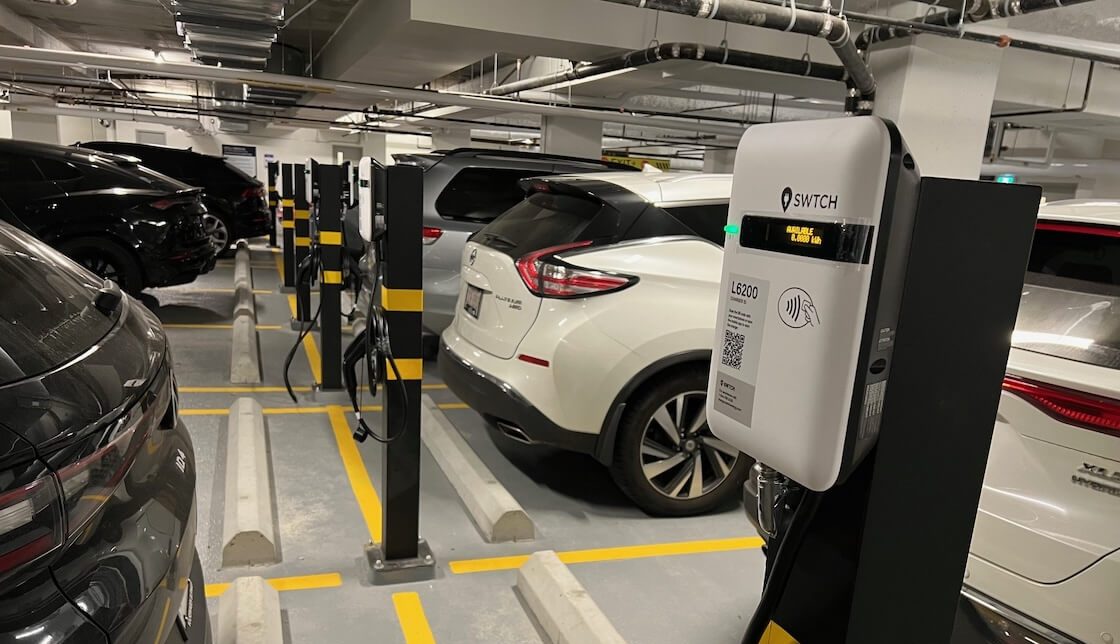
SWTCH Spotlight: Condo unit owners band together and install 57 EV chargers
Mistake #2: Hiring electrical contractors who have never installed EV chargers before
Can most electrical contractors or electricians do the work required to install EV chargers at your property? Sure. Will they do a good job, though? That’s a little harder to say.
The truth is, because of the complexities involved in getting EV chargers installed—particularly when there are advanced technological features in play, potential future expansions to account for, etc., it really does help to go with individuals and companies with extensive experience in multifamily EV charging.
Instead: Hire a team with a lot of experience installing EV chargers in multifamily buildings
The best teams will know about any specific safety codes or regulations you must adhere to. They’ll know how to lay out the chargers and any supporting wiring or cabling so that replacements or additional chargers can be installed easily down the line. They’ll also know how load management technology can or should influence the way electrical upgrades are conducted.
Look for examples of past EV charging installations done by prospective contractors to get a feel for their experience, and ask for references if you can. You can also always reach out to our team for advice. We’ve been involved in many multifamily EV charging projects and likely know of good contractors in your area (or know the people who know them).
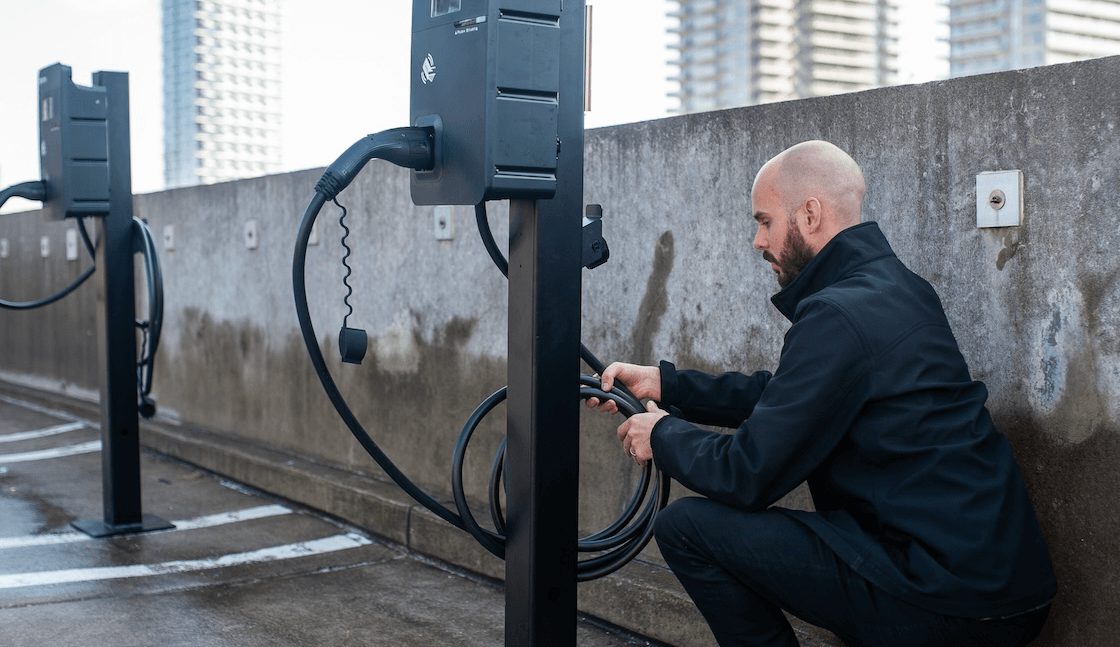
Get in touch with the SWTCH team
Mistake #3: Not setting the right budget for the project
Budgeting for an EV charging project at a multifamily building can be tricky.
No two buildings are exactly alike, which means there can be unexpected costs associated with a project in one building but not another.
And differences in hardware or software costs based on the needs of one building vs. another can also lead to higher prices. Or, a team may assume that a project will involve expensive electrical work that could actually be avoided through the selection of a more intelligent EV charging system.
To cap it off, though there are many incentive programs out there to drive down the cost of installing EV chargers, the specific amounts they grant can be subject to a number of conditions. It can be a bit confusing to figure out how much money is available, the criteria for accessing it for a particular property, and the timeline for receiving the funding assistance.
The result: Often, teams will embark on a journey to install EV chargers and set the wrong budget, potentially setting themselves up for failure or headaches over the long term.
Instead: Investigate your options thoroughly and work with your solutions provider to come up with the most sensible budget and plan
It’s worth taking a little time for complex projects like this to read up on the different elements involved in your eventual setup. Dig into the hardware and the software. Do some research into the funding options available at the local, state or provincial, and federal levels. And do speak with an electrical contractor to get a sense of any particularities of your property that might impact the cost of any electrical upgrades that need to be made.
Your chosen solutions provider should also be able to help you with this. They’ll work with you to identify and apply for funding opportunities, help you select the best possible hardware and software for your project, and be well-positioned to help you budget for your whole project.
We do this all the time here at SWTCH, as we want to ensure that our customers get the best possible value for their investment in EV charging. If you’re unsure where to start when applying for incentive programs, just let us know! We’ll make sure you’re put on the right track.
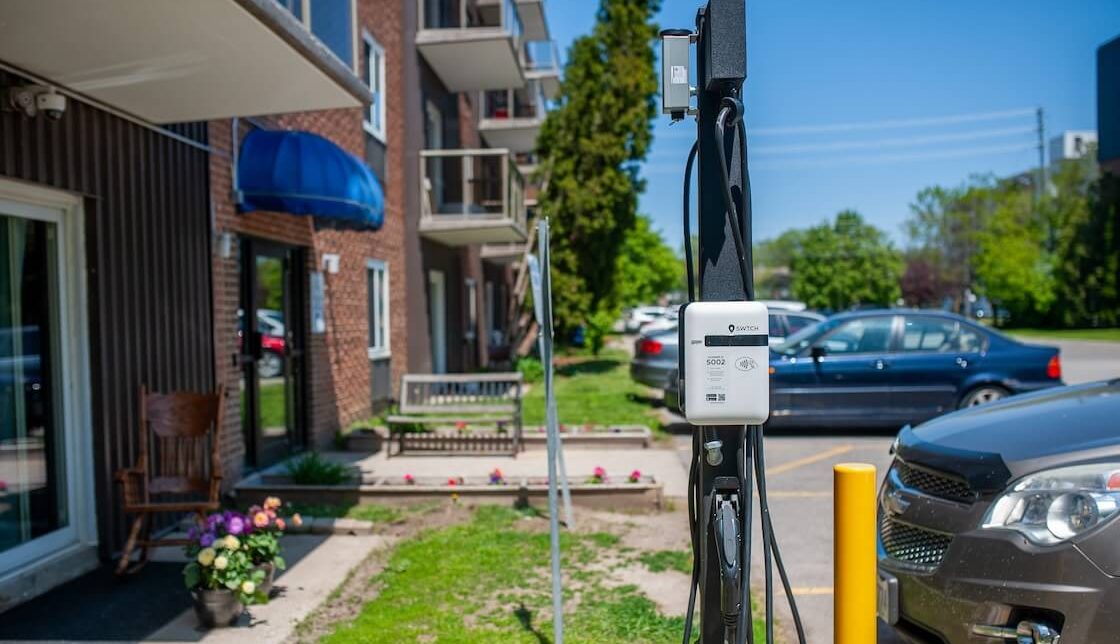
Dig into some of the biggest incentive programs in North America
Mistake #4: Not understanding the potential of load management
Related to the above, we often see property managers go wrong in not knowing about or not properly appreciating what is made possible by good load management technology.
Instead: Read this quick explanation (and then our more extensive guide)
Load management technology is basically used to limit the amount of current directed to chargers. This can be done in response to a couple of things:
- Multiple chargers that share a circuit are charging a vehicle at the same time, necessitating that they split the available current
- The building’s overall electricity consumption is reaching a peak, triggering a reduction of current to the chargers to ease the burden on the building
The overarching goal for this, in general, is to reduce costs; reduce costs for electrical upgrades by allowing multiple chargers to share a single circuit, and reduce costs for the property by averting excess demand that incurs demand charges from the utility.
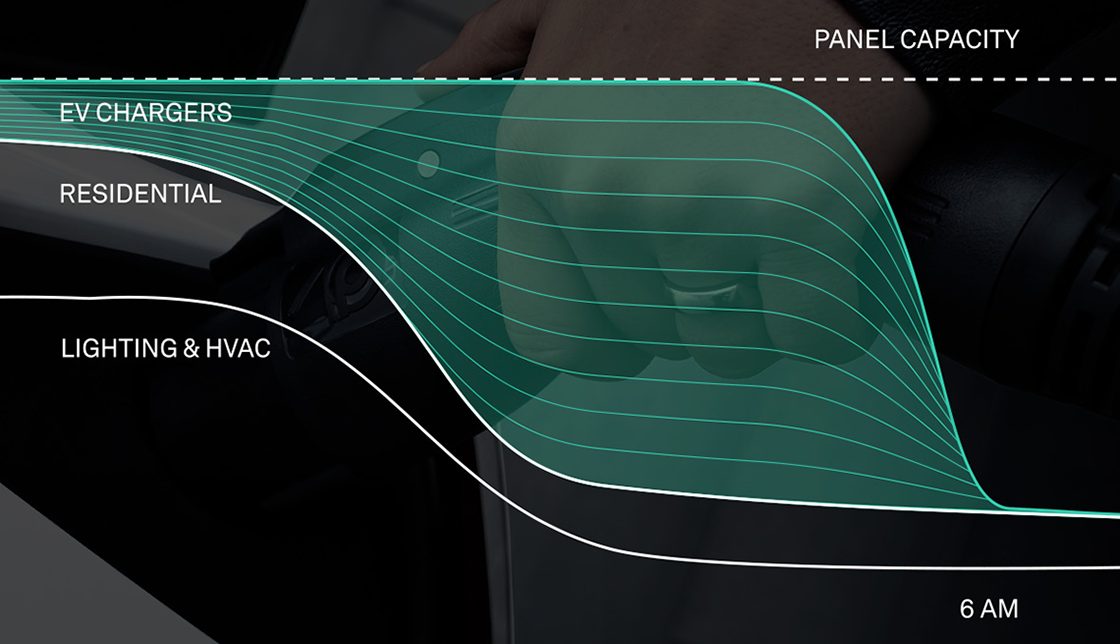
- Compatible hardware
- A metering device connected to your electrical system
- Intelligent software that can take in data from the metering system and then instruct chargers to moderate their output accordingly
Both in getting chargers installed and for long-term operation, there’s a lot of potential for load management technology to save you a considerable amount of money.
Read this article for a more extensive look at load management, how it works, and what it makes possible, or just reach out to our team! We’ll be happy to walk you through how it can work for you.
Mistake #5: Installing “dumb” chargers
Not all EV chargers are the same. Some are “smart,” and come loaded with intelligent sensors and software that allow for deep integration with your building’s systems, remote access and control for your management teams, and detailed reporting on usage, energy consumption, revenue generated, and a whole lot more.
Others are basically just plugs that you can connect to a car to top up its battery. These are what we call “dumb” chargers.
Will both charge up a car? Sure. But you give up a lot of control, a lot of access, and a lot of information by installing dumb chargers. And really, you’re assuming almost all of the headaches for yourself, since everything missing relates to things you need to manage: payments, administration, monitoring, etc.
Who should be charged for a charging session, and how much do they owe? How much electricity are your chargers consuming out of your overall energy consumption? Are your chargers all online, or are some secretly out of order and frustrating your tenants?
With dumb chargers, you’ll either never know or have a monumental amount of work to do to discover the answers.
Instead: Install intelligent chargers with an internet or data connection
There’s no shortage of chargers out there that come with the smarts you need to run an effective charging amenity at your property. At a baseline, you’ll want chargers that can do the following:
- Connect to a mobile app so drivers can initialize a charging session from their phone
- Offer an alternative option for payments (ex: RFID card)
- Connect to a remote system for monitoring, access control, pricing updates, etc.
- Offer on-demand access to reporting about energy usage, charger status, revenue generated, etc.
To go a step further, you’ll likely want to secure a system that also offers these:
- Bidirectional charging
- The ability to participate in demand response programs
- Load management capabilities
The smarter your chargers are, the easier they will be for you to manage and use, and the more opportunities you’ll create for yourself to generate revenue in the years to come.
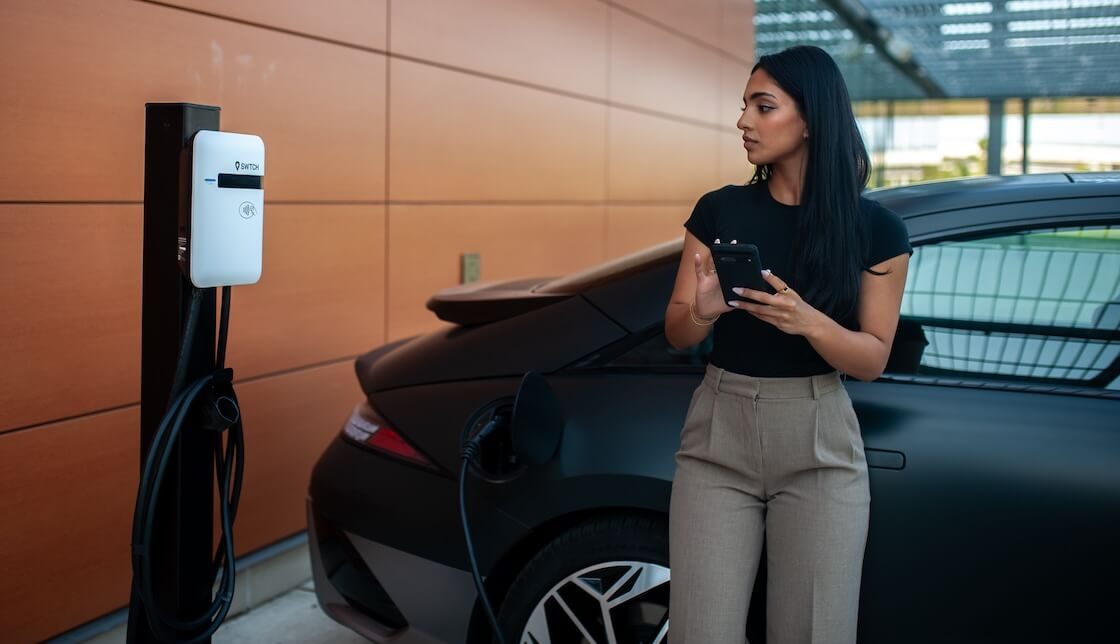
Mistake #6: Purchasing EV charging hardware & software that is a ‘closed system’
EV charging solutions fall into one of two categories.
Closed systems: The hardware and the software are tied together and usually produced by the same company. You cannot have one without the other.
Open systems: The hardware and the software can be mixed and matched as needed, and can come from various suppliers.
The trouble with closed systems—and many large EV charging companies offer closed systems—is that they are inflexible. Hardware failing too often? Software not easy to use or producing unexpected problems? You’re either stuck with what you have or will be forced to rip out all of your chargers and migrate to a new software platform to get a better solution.
Especially in these relatively early days of multifamily EV charging, locking into a closed system can prove a costly mistake if your chosen solution doesn’t work out.
Instead: Adopt an open solution that is OCPP-certified
Open solutions don’t lock you in. Need new hardware? You can purchase from whatever manufacturer you like. Want to try different software? Your hardware will be compatible, so you can make a change anytime.
The best way to verify whether a solution is open is to see if it is OCPP-certified. OCPP, or the “Open Charge Point Protocol,” is a standard that defines what EV charging hardware and software must be able to do in order to function properly as part of an open system.
There are some great options out there that offer this certification, including our own solutions here at SWTCH. Build up your network with OCPP-certified elements and you’ll be able to mix-and-match hardware and software solutions to build the best possible charging offering for you—and not worry about getting locked in.
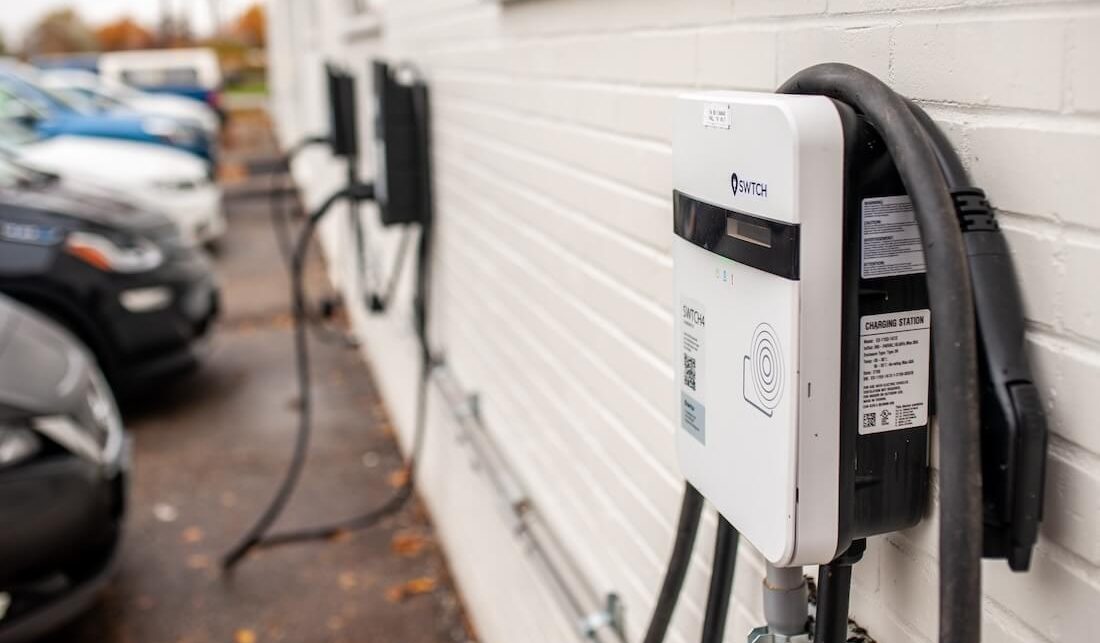
Mistake #7: Not accounting for the realities of operation & availability of service when evaluating solutions
When you’re just looking at the sales presentation, most solutions out there probably look pretty good. The chargers fit your budget and will allow tenants and guests to charge their cars—that’s all there is to it, right?
Not really. Firstly, because there are differences in the ease with which different charging solutions can be operated. And secondly, when something goes wrong—and it’s typical for something to go wrong at some point over the course of owning multifamily EV chargers—there are some solutions providers who will not be prepared to offer the kind of help you need to get things working again in short order.
The result: Often, the excitement of a new EV charging offering gives way to disappointment in the experience of actually using or managing the chargers, or else frustration at how long it takes to get repairs or other maintenance issues addressed when they arise.
Instead: Make ease of operation & service availability key criteria when selecting your solution provider
The situations above are really only remedied properly by planning in advance.
When selecting your solutions provider for your EV charging amenity, make sure you can get as hands-on as possible to see what it’s like to actually operate the chargers. If things seem like they’re cumbersome in the demo stage, that could be a sign of something to watch out for.
And see what kind of assistance your solutions provider is willing to offer in the event a charger goes down. Are they proactively monitoring charger status so that they can alert you the moment something goes wrong? Are they prepared to work with your team to address any issues right away? Do they offer a white-glove service plan that will free you and your team from having to worry about maintenance issues entirely?

Learn about the service offerings at SWTCH
The last thing you want when rolling out EV chargers is for your new offering to create more work and more problems for you. Taking care to plan ahead and avoid the most common mistakes made in installing chargers will do a lot to keep you and your tenants happy, and even excited, about the presence of chargers at your property.
Want to get EV chargers installed the right way?
Reach out to our team! We’ll be happy to help guide the way
